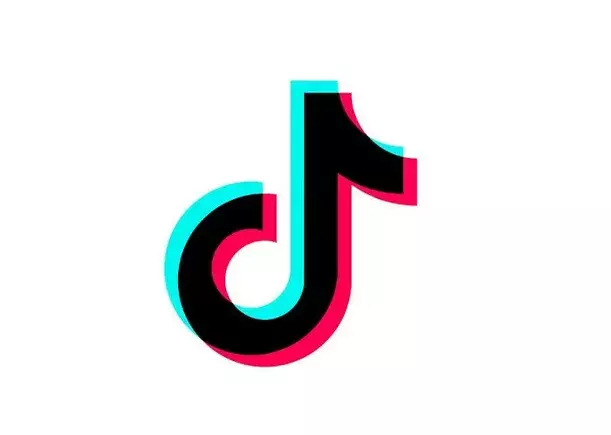In a digital landscape where misinformation can spread like wildfire, TikTok’s recent Transparency Report provides critical insights into its ongoing efforts to ensure a safer online environment. Released under the EU Code of Practice, TikTok’s report reveals the platform’s responses to various challenges posed by political advertising, AI-generated content, and misinformation. This 329-page document serves not just as a summary of actions, but as a reflection of the broader implications of platform governance and user behavior in light of the ever-evolving digital ecosystem.
The Battle Against Political Manipulation
One striking metric from TikTok’s report is the removal of 36,740 political ads in the latter half of 2024. The clear prohibition of political advertisements underscores the platform’s commitment to preventing misuse by political entities looking to leverage its vast audience. This raises a pivotal question: has TikTok become too influential in social discourse, attracting the unwanted attention of political operatives seeking to capitalize on its engaging format?
While TikTok might maintain that it upholds a stringent policy against political content, the sheer volume of removed ads signifies a growing temptation among political groups to exploit the platform’s reach. The reality is that TikTok is not operating on the margins anymore; it is now part of the mainstream conversation, and with that comes a responsibility to uphold the integrity of discourse. The challenge lies not just in preventing overt political campaigning but in continuously monitoring and adapting to emergent risks associated with the platform’s expansive user base.
Tackling Fake Accounts and the Quest for Authentic Engagement
Another noteworthy revelation is TikTok’s elimination of nearly 10 million fake accounts over the same period, along with the removal of 460 million fraudulent likes. These figures illustrate the ongoing battle against click fraud and manipulative tactics that undermine genuine engagement on the platform. The question looms: can authenticity ever truly be assured in an environment where the bar for participation is so low?
While TikTok’s actions suggest a commendable effort to promote real interactions, it is indicative of a larger issue within the digital sphere; the relentless pursuit of validation through numbers can often lead users to engage in dubious practices that dilute the essence of organic community building. Removing these fake accounts is crucial, yet it does not address the underlying culture that encourages users to inflate their online presence—an issue that many social media platforms confront today.
AI-Generated Content: The Double-Edged Sword
As artificial intelligence continues to redefine content creation, the challenge of discerning authenticity becomes all the more complex. TikTok’s report reveals that it deleted over 51,618 videos for violations of its AI-generated content policies, an action that sheds light on the pressing need for clear guidelines in this space. With technology advancing at lightning speed, the fine line between genuine creativity and harmful manipulation threatens to blur.
In this context, TikTok indicates its commitment to safety by implementing C2PA Content Credentials, aiming to better identify and label AI-generated content. This proactive stance sets a precedent and marks TikTok as a frontrunner in establishing standards for synthetic media. However, this effort raises an essential critique: will technology outpace policy-making, rendering regulations obsolete before they are even put into practice? While TikTok may be ahead for now, the pace of innovation in AI poses an ongoing threat that demands continuous vigilance.
The Role of Fact-Checking: A Necessary Partnership
Within the report, TikTok underscores the significance of third-party fact-checkers, boosting its partnerships to reinforce the fight against misinformation. Collaborating with 14 accredited organizations, the platform’s strategy seems to prioritize impartiality. However, this approach invites an exploration of effectiveness: how reliable is this partnership in a world where misinformation can spread faster than fact-checks can verify?
Interestingly, TikTok noted that the activation of “unverified claim” notifications led to a substantial 32% drop in content shares among EU users. This finding challenges the notion that individuals are inherently resistant to correction. Instead, it suggests that timely alerts can significantly alter user behavior. This stands in contrast to Meta’s Community Notes, which struggle to gain traction due to their dependence on cross-political consensus—a process that often leaves misleading content unchecked. TikTok’s data reinforces the idea that intervention at the point of misinformation exposure can effectively curb its distribution.
The Future of Digital Discourse
Ultimately, TikTok’s Transparency Report serves as a case study in the complexities of moderating digital interactions in an age dominated by new technologies and shifting user dynamics. While the platform’s proactive measures to combat misinformation and maintain community integrity warrant commendation, they also spotlight enduring challenges that require ongoing adaptation and meticulous oversight. As TikTok continues to navigate its evolving role in media and communication, the stakes remain high—not just for the platform itself, but for the future of reliable information in the digital age.

